If you have followed this article from the previous publication (Part 1), then you would be aware that rabbits are a very economically viable livestock. They have high reproductive rates compared to other livestock, and their meat is highly marketable, fetching a good price on the market. They grow very fast, reaching market size within a few weeks of birth. Their meat is tasty and a good source of food as it is high in protein.
The advantages of keeping rabbits are many, and most, if not all benefits, were outlined in the first part of this article. Now, in order for you as a farmer to reap the benefits of raising and selling rabbits for their meat or fur, Part 2 of this article covers successful breeding.
How can one breed rabbits successfully?
For a farmer to be successful, he needs to understand rabbit reproduction and the breeding system that yields better results. Parent breeding stock selection (buck and doe) is the key to successful breeding in rabbit farming. The following are important factors to consider: breeding age, health status, and management practices.

Once a successful mating has taken place, the farmer must be adequately prepared for the period of pregnancy through to kindling, then there is need to care for the young ones until they are weaned from the mother – this is called brooding. Success depends on how much technical knowledge the farmer has.
Tiger Animal Feeds’ Technical Team is committed to see farmers get into commercial rabbit production successfully by giving relevant rabbit farming knowledge. With the right technical advice, a rabbit enterprise can flourish and grow very quickly. Rabbit farming is yet another farming venture that has potential to bring much needed revenue to the farmer. Get into rabbit production and have access to the Tiger Technical Service free of charge!
Reproduction
Selection of breeding stock
When selecting the breeding stock there is a need to understand some of the breeds that one can choose from. In Zambia, two main breeds stand out as prominent as choice breeds for most commercial farmers. These are the Californian white and the New Zealand white. However, many other breeds are available.
The selection of a breeding buck and doe is very important since good progeny is expected from a good buck and doe. One has to consider the breeding stock in terms of fertility, maternal instinct, milk yield, growth rate, fecundity, and viability.

Age to breed
Different breeds of rabbits reach sexual maturity at different ages. Small breeds (such as the Polish) can be bred at 4 to 5 months of age. Medium breeds (for example New Zealand and Californian whites) become sexually mature at 6 to 7 months of age. The giant breeds (such as the Flemish Giant) should be at least 7 months of age when bred. The females of all rabbit breeds reach sexual maturity earlier than the males. This means that does can be put into production before bucks of a similar age.
Ovulation and mating
The rabbit belongs to a group of mammals which do not ovulate spontaneously. There is no oestrus cycle. This means that ovulation happens once mating has occurred. Generally, ovulation takes place 10 hours after mating.
When does become receptive to mating, they will usually show signs of being in heat by acting restless, rubbing their chins on feed and water containers or other equipment. The vulva (external genital organ of the female) of a doe that is ready to mate is slightly swollen, moist and a reddish, purplish colour. The doe may also “present herself,” and lie on her stomach or lift her tail when touched if she is in heat. Always take a doe to the buck’s cage for mating. Before any mating attempts, examine both the buck and doe to be sure they are in good condition and free of disease and injury.
Pregnancy
The gestation period in rabbits ranges from 28 to 32 days (approximately 30 days). In preparation, provide a nest box within the cage at least 5 to 6 days before parturition. The nest box should contain litter for warmth to kittens. A doe may pull out some of her own hairs to make a nest for the litter. Adequate measures should be taken for feeding and management during the pregnancy period. The quantity of feed should be increased for 10 to 15 days of pregnancy. Plenty of fresh water should be provided and environmental stresses avoided.
Pregnancy can be detected by palpation of the abdomen two weeks after mating, or by placing the doe near a buck. The buck will not mate with a pregnant doe. One may also detect pregnancy by taking note of the weight (300 to 400 g) gained by the does between mating and 30 days.

Kindling (parturition) and care for new-borns
The process of giving birth in rabbits is called kindling. The parturition, which usually takes place at night or early morning, may not require human intervention. The process is usually completed within 7 to 30 minutes. The does should not be disturbed during this time as they are very sensitive, and adequate food and water should be provided so that optimum quantity of milk is available to the baby rabbits.
Rabbit kits are born hairless, blind, and deaf. They begin to show hair a few days after birth, and their eyes and ears are open by day 10. Newly born rabbits are unable to regulate their own body temperature until about day If a doe is unable to nurse all the kits effectively, kits may be fostered by removing them from the nest box during the first 3 days and giving them to a doe of about the same age with a smaller litter.
If the fostered kits are mixed with the doe’s own kits and covered with hair of the doe, they are generally accepted. Kits can be reared by hand, but the death rate is high. If a lactating doe is not available to foster the kits, they can be given kitten milk replacer twice a day. Feedings vary from ½ teaspoon to 1 tablespoon, depending on the age and breed of the kits.
Weaning
The baby rabbits can lead their lives without mother’s milk at about 21 days of age. The young should be separated from their mother at 4 weeks by removing the doe from the cage. Foods like concentrates and grasses should
be provided. The baby rabbits can chew and eat after 3 weeks of age.
Tiger Animal Feeds produces rabbit pellets that meet all the rabbit’s nutritional requirements. The pellets are convenient and will ensure that the breeder rabbits are healthy and able to reproduce successfully. Tiger Technical Team members are always available to offer advice to farmers who wish to make rabbit farming commercial.
In conclusion, it is important to look at some problems one may encounter when breeding rabbits: Exposure to extremely hot temperatures may cause temporary sterility, particularly in old bucks, and they can remain sterile for 60 to 90 days. To help reduce male sterility due to hot weather, keep breeding bucks in the coolest part of the rabbitry and mate them frequently.
Pseudo pregnancy (false pregnancy) is a condition in which a doe seems to be pregnant but is not. This can result from a sterile mating or from physical stimulation, such as being mounted by another rabbit. Pseudo pregnancy lasts about 17 days, and the doe will not breed. She may also construct a nest, even though she may not be expecting. Although the condition is normal and not harmful to the doe, it will delay breeding.
Another common reproductive problem occurs when does fail to conceive after mating due to being overweight or having been out of production for a long period. As a rabbit raiser, strive to keep your breeding animals in a trim, active and healthy condition for the best reproductive performance.

Tiger Feeds.
For more information, contact Barbara Mulonda Simbaya, Technical Advisor at Tiger Animal Feeds at (+26)0-969-202-207.

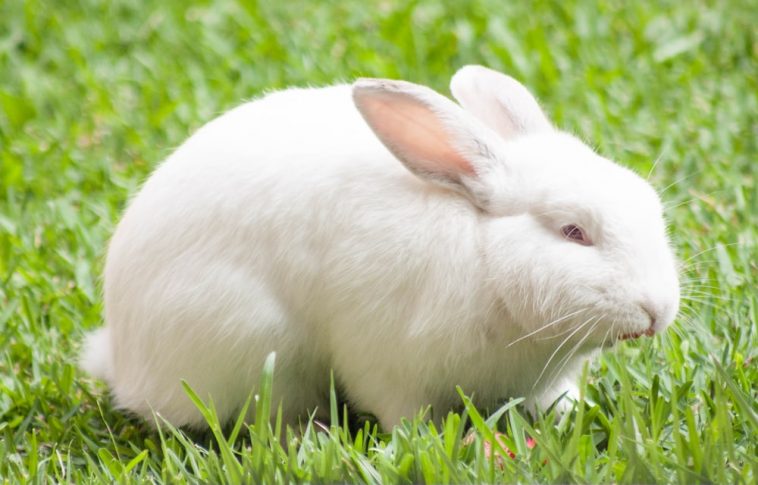


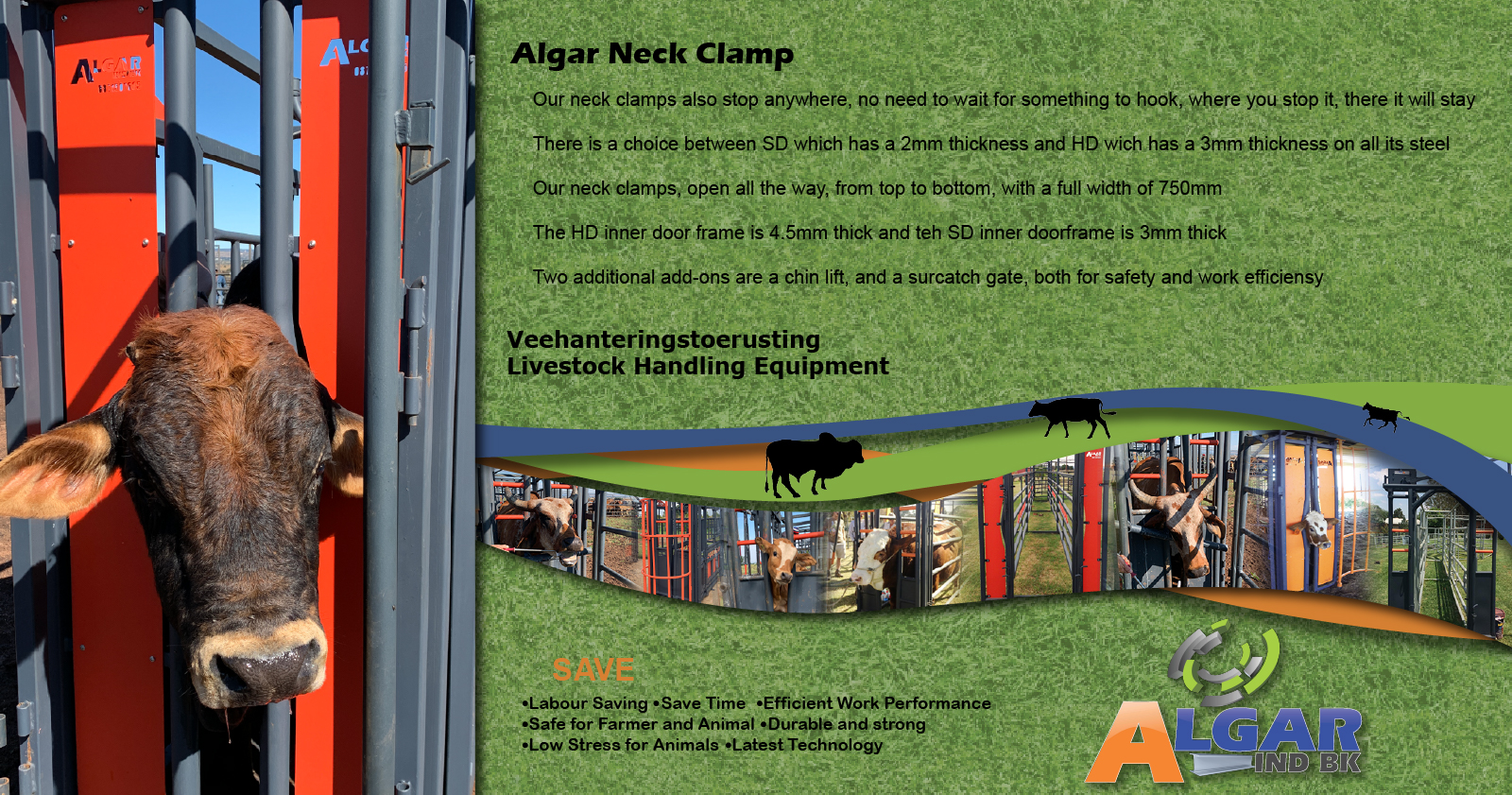

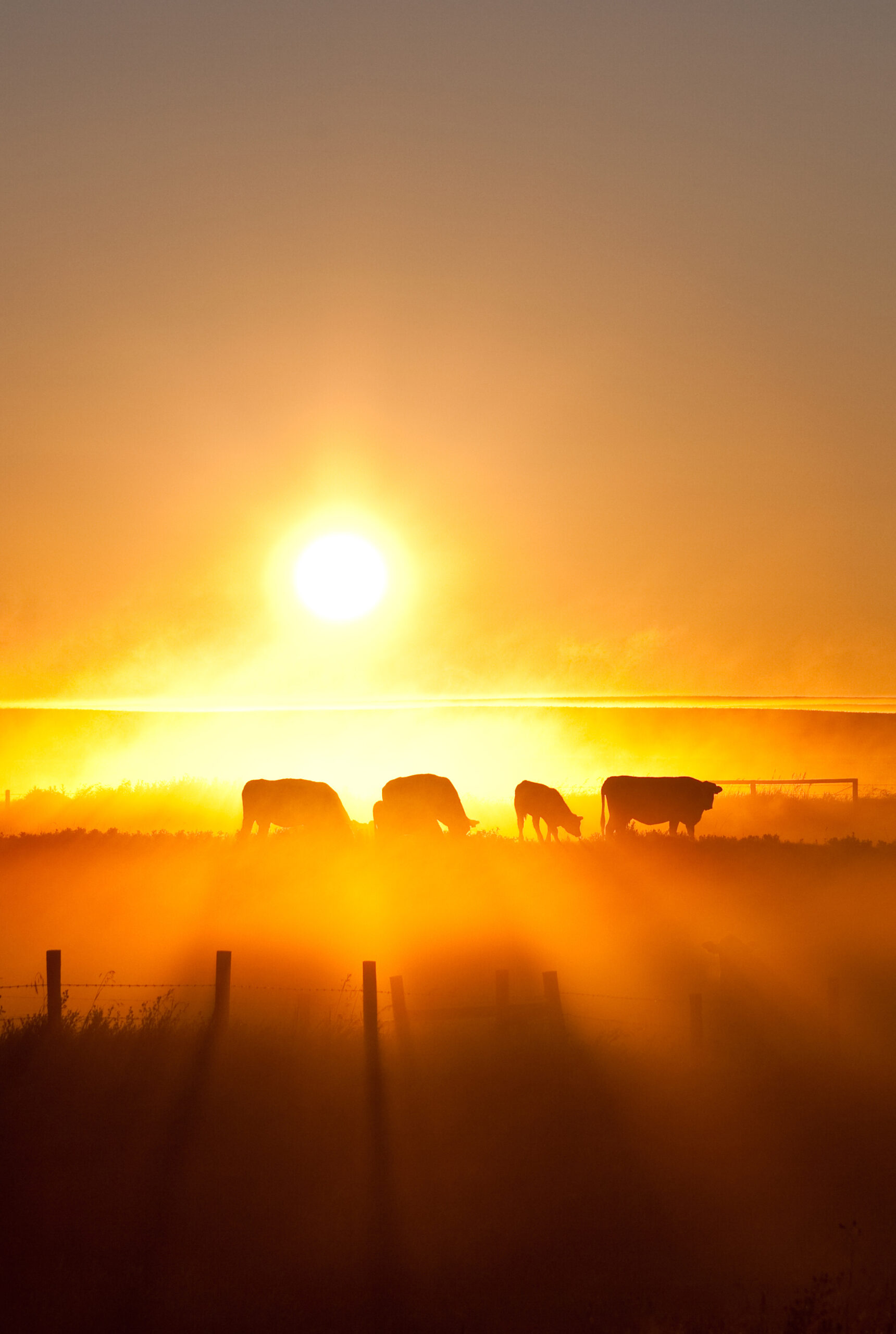
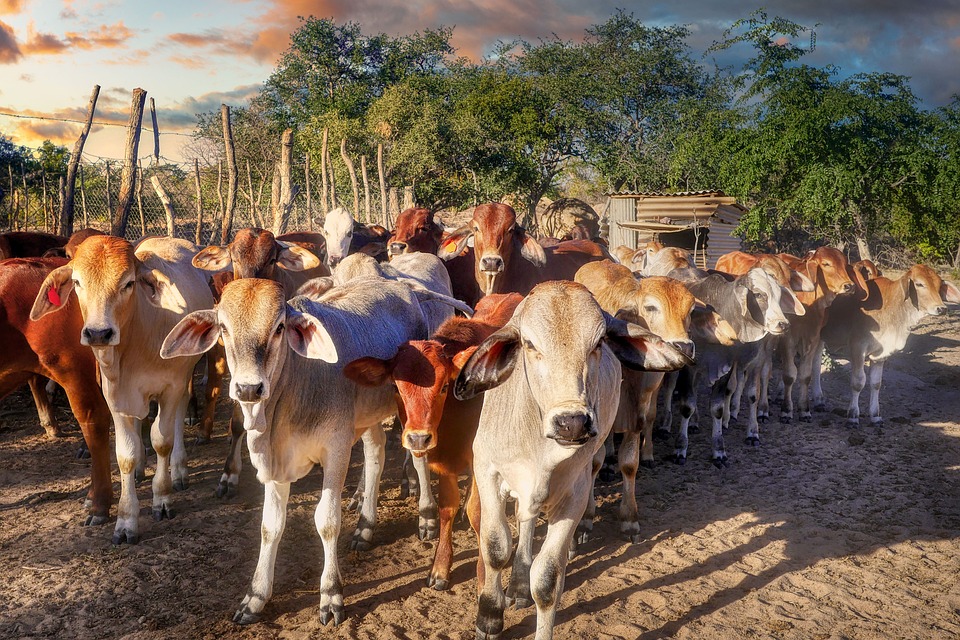

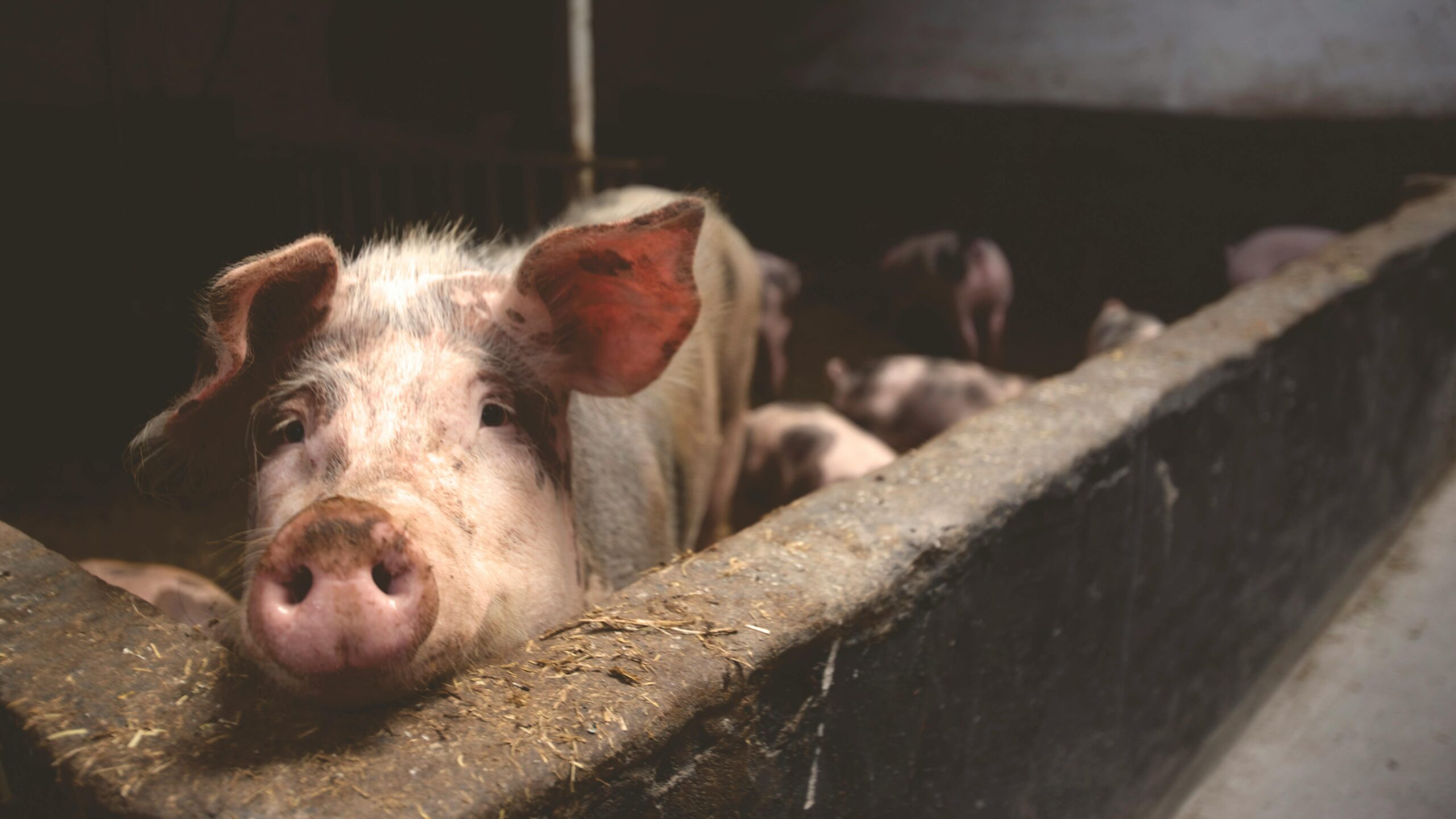
This is inspiring. I would like to venture into rabbit farming,